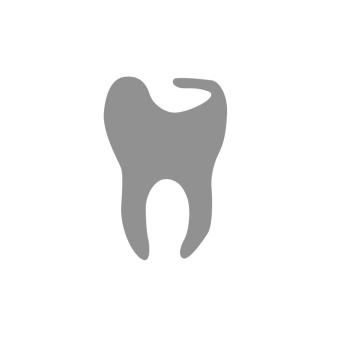In general, oral surgery deals with the treatment of lesions and diseases of the teeth, jaw bones and soft parts (salivary glands, gums, lips), but nowadays there are many overlaps with other sectors of dentistry. Thus, oral surgery performs a number of procedures, such as simple and surgical removal of teeth and tooth roots, root canal resection, removal of wisdom teeth, treatment of jaw fractures, accidental injuries, facial occlusion, treatment of oral tumors, dental implants, teeth replacements, salivary gland diseases.
Why may necessary to be teeth removed?
It may be necessary to remove the teeth if they are moving or exposed to severe inflammation. If the root is damaged and cannot be rescued by other treatments. If the crown of the tooth is broken due to severe tooth decay and no filling and tooth-retaining treatment is possible, or if root canal treatment would not help the tooth either. Tooth extraction may also be required if there are teeth above the number that are an aesthetically and functionally detrimental in the oral cavity, or if they are protruding or crooked teeth.
Removal of the tooth usually eliminates the inflammatory processes or pain in the patient.
When will it be necessary to remove a wisdom tooth?
It is not necessary to remove wisdom teeth if there is enough space in the oral cavity because then they can break out properly and participate in chewing. If the 8. tooth comes out perfectly, we can clean it properly, it can become a strong and loadable tooth that can be used functionally. However, if there is not enough space, they do not grow out completely and the tooth is partially covered by gums, bacteria can get from the oral cavity between the gums and the tooth and these can lead to inflammation from time to time. Therefore, if complete eruption of the tooth is not likely later, surgical removal is recommended to prevent recurrent inflammation.
An orthodontist may also recommend the removal of wisdom teeth to get and maintain a good result. In case of deeply carious or advanced periodontal disease, it is also advisable to remove the teeth. If the tooth next to the wisdom tooth is decayed and restoration is impeded by the wisdom tooth, we also recommend the removal of the wisdom tooth to save the adjacent tooth.
How is tooth extraction done?
The first phase of tooth extraction is local anesthesia so that the procedure can be done painlessly for the patient. For more complex interventions, it is possible to perform the treatment under general anesthesia. Local anesthesia is followed by removal of the tooth and root using special pliers. When pulling the upper tooth, it is sufficient to use the pliers. For lower teeth, it is usually more difficult to remove the tooth, in which case you may need to use a jack. At the end of the tooth extraction, the wound is thoroughly cleansed with a curette spoon and the bleeding is made stop.
If tooth extraction proves more difficult due to broken roots, or in the case of a tooth that has not come out at all, its removal is possible by surgical excavation. For more serious interventions, swelling of the face may occur, in which case antibiotic analgesia may be required.
What is root canal removal?
If, in the case of a root-treated tooth, inflammation occurs at the root apex, oral surgery may involve truncation of the root apex, i.e., root apex resection, which is aimed at retaining the tooth. The procedure is done by making a small incision in the gums, through which the inflamed bone area and the tip of the tooth root are removed.
When may a sinus closure be required?
The facial cavity, also known as the sinus, is located in the upper jaw, above the teeth. A sinus closure is required when the sinus opens. The facial cavity may open if complications occur after removal of the grinders. Then, through the site of the tooth, the nasal cavity comes into contact with the oral cavity, and the food that is brought into our body enters the outdoors through our nose. In addition, various bacteria can enter the cavity of the face, leading to exudative inflammation.
When closing the sinus, incisions need to be made in the gum at the site of the extracted tooth, with which a lobe is formed, and then it is joined with the help of sutures above the wound, so that the facial and oral cavities can be closed apart. Then after 1-2 weeks the sutures are removed. If the facial cavity is not closed, the food and drink consumed can enter the nasal cavity, leading to purulent sinusitis, which can already be treated with otolaryngology.





















